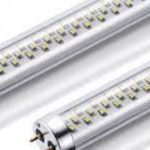LED vs. Regular Light Bulbs: Understanding the Key Differences
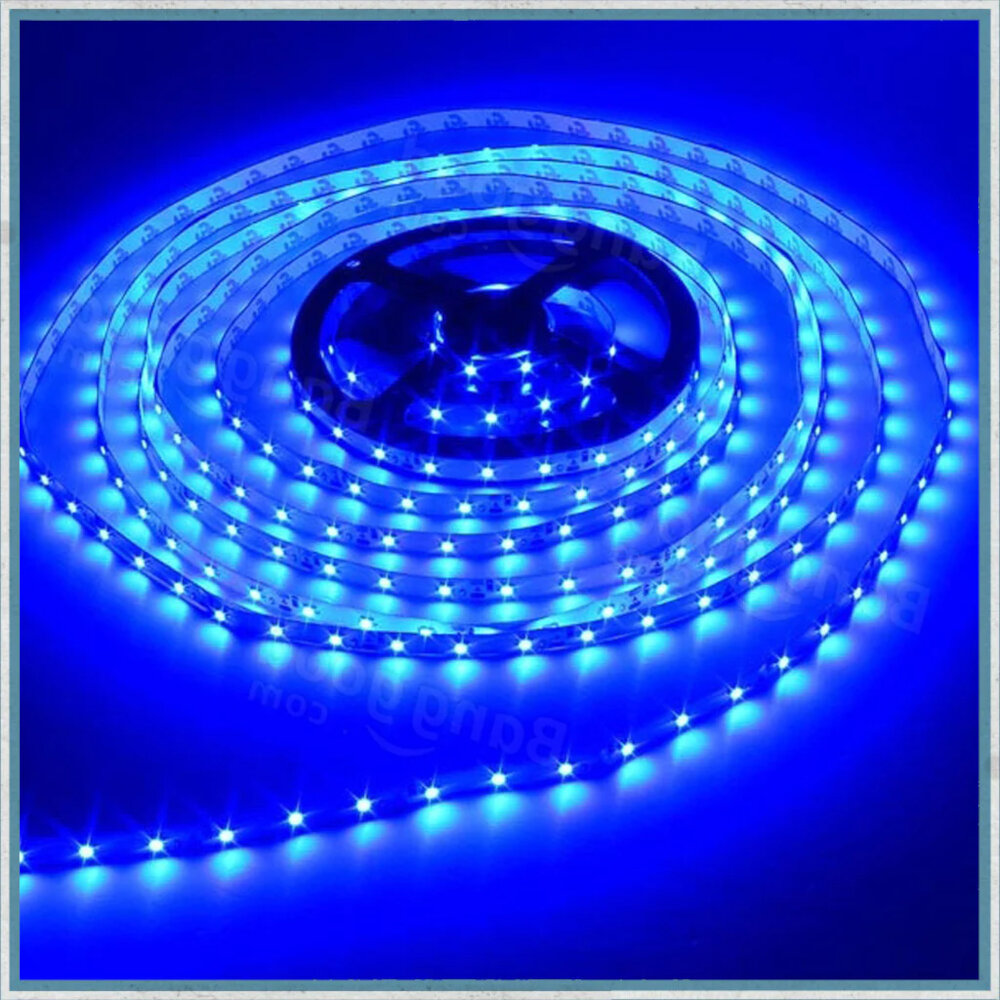
Light bulbs have been a necessity in households and workplaces for decades, providing illumination to dark spaces. However, with the advent of technology, the traditional incandescent bulbs have been replaced by LED bulbs. LED (Light Emitting Diode) bulbs have become increasingly popular due to their energy efficiency, longer lifespan, and cost-effectiveness. While traditional incandescent bulbs have been around for over a century, they are now being phased out due to their low efficiency and high energy consumption. With the rise in popularity of LED bulbs, it is important to understand the key differences between the two to make an informed decision when it comes to lighting choices. LED bulbs are the most energy-efficient bulbs available in the market today. They use up to 90% less energy than traditional incandescent bulbs, making them a more cost-effective option in the long run. Additionally, LED bulbs have a significantly longer lifespan than incandescent bulbs, lasting up to 25 times longer. This means fewer replacements and less waste in the environment. LED bulbs also emit less heat than incandescent bulbs, making them safer to use and reducing the risk of fires. While LED bulbs may have a higher upfront cost, their long-term benefits make them a worthy investment for anyone looking to save on energy bills and contribute to a greener environment.
What are LED and Regular Light Bulbs?
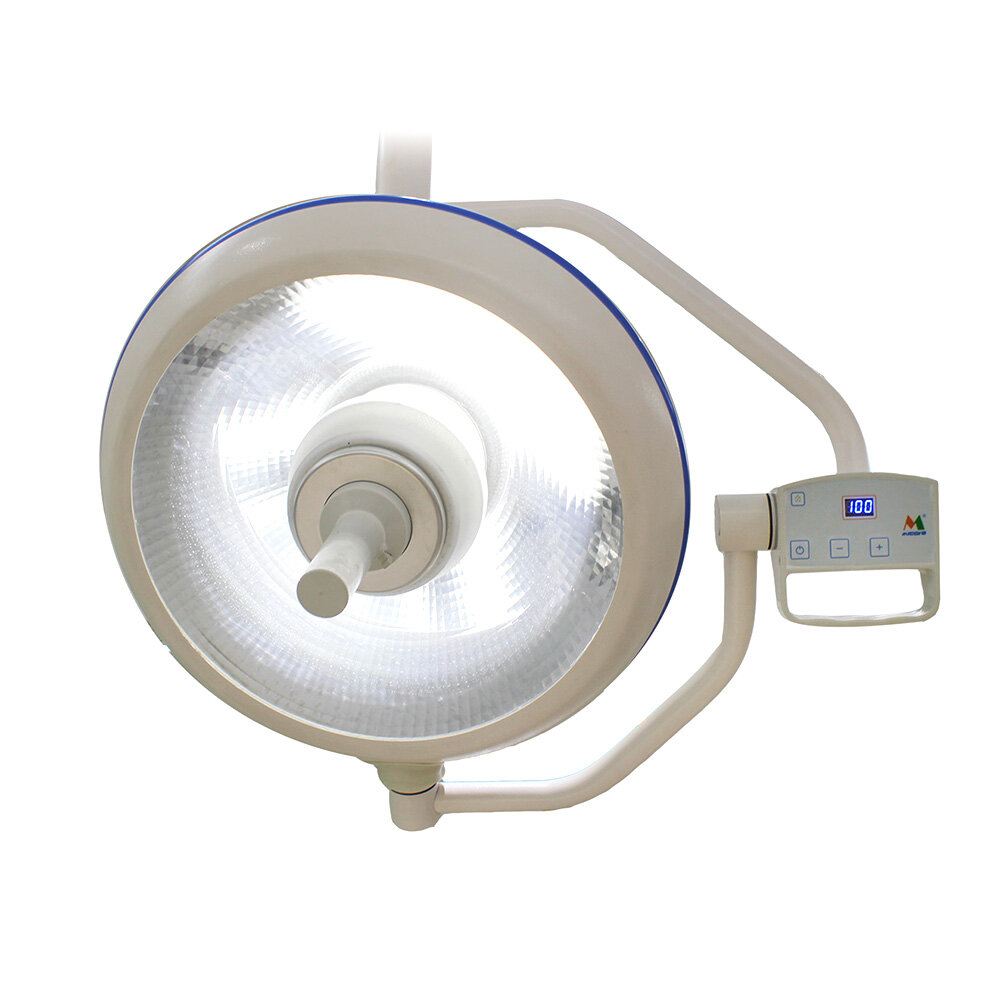
LED and regular light bulbs are two different types of lighting technologies that are commonly used in homes and businesses. Regular light bulbs, also known as incandescent bulbs, have been in use for over a century. They work by heating up a filament inside the bulb until it glows and emits light. LED bulbs, on the other hand, use a semiconductor to produce light when an electric current is passed through it. This technology is much more efficient and long-lasting than traditional incandescent bulbs. One of the main differences between LED and regular light bulbs is their energy efficiency. LED bulbs use much less energy than regular bulbs to produce the same amount of light. This means that they are much cheaper to run over time and can save you a significant amount of money on your energy bills. Additionally, LED bulbs have a much longer lifespan than regular bulbs, often lasting up to 25 times longer. This means that you will need to replace them less frequently, reducing your maintenance costs and environmental impact. Overall, LED bulbs are a more sustainable and cost-effective choice than regular bulbs.
Light Emitting Diodes (LEDs) are electronic devices that emit light when an electric current is passed through them. They are highly efficient, cost-effective and environmentally friendly. Unlike regular light bulbs, which rely on a filament to produce light, LEDs use semiconductors to create a flow of electrons that emit photons. This makes them much more durable and long-lasting, with an average lifespan of 25,000 hours compared to just 1,000 hours for regular bulbs. LEDs also come in a wide range of colors and can be dimmed without affecting their lifespan. Regular light bulbs, on the other hand, have been in use for over a century and rely on a filament that heats up and emits light. They are less energy efficient, have a shorter lifespan and are more fragile than LEDs. However, they are still widely used in many applications due to their low cost and availability.
LED, or Light Emitting Diodes, work differently than regular light bulbs. Instead of using a filament or gas to produce light, they rely on a semiconductor to emit photons when a current is passed through it. This process is called electroluminescence and is much more efficient than traditional lighting methods. LED bulbs consume less energy, produce less heat, and last longer than regular bulbs. They also come in a variety of colors and can be dimmed or controlled remotely. Although LED bulbs are initially more expensive than regular bulbs, their energy-saving and long-lasting benefits make them a cost-effective and eco-friendly choice in the long run.
LED (Light Emitting Diode) bulbs and regular light bulbs are two common types of lighting sources. Regular light bulbs, also known as incandescent bulbs, have been in use for over a century. They work by passing an electric current through a filament, which heats up and emits light. LED bulbs, on the other hand, use a semiconductor material that emits light when an electric current is passed through it. They are more energy-efficient than regular bulbs, last longer, and are more environmentally friendly. There are also different types of LED bulbs, such as dimmable and non-dimmable, and different color temperatures, such as warm white and cool white. Choosing the right type of bulb depends on the specific lighting needs and preferences of the user.
Energy Efficiency
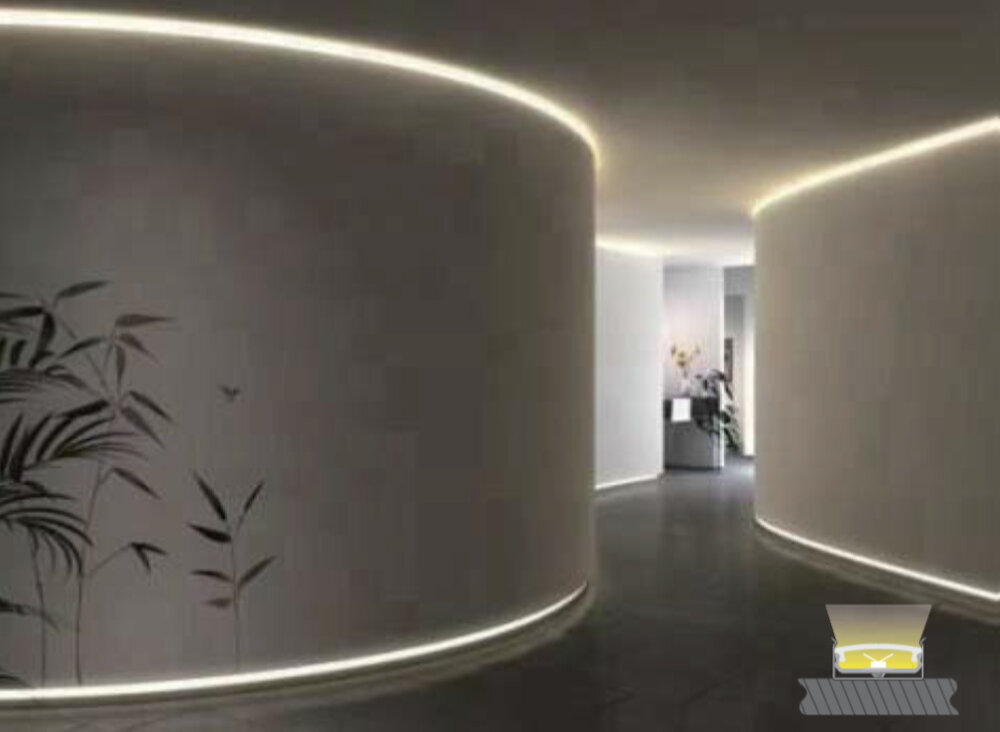
Energy efficiency is a crucial aspect of modern-day living, and it is becoming increasingly important to conserve energy in every way possible. One of the most effective ways to do so is by using LED light bulbs instead of regular light bulbs. LED bulbs are incredibly energy-efficient and use up to 80% less energy than traditional light bulbs. This means that they require less electricity to operate, which can lead to significant cost savings over time. Additionally, LED bulbs have a longer lifespan than traditional bulbs, which means that they need to be replaced less frequently, thereby reducing waste and conserving resources. LED bulbs are also more environmentally friendly than traditional bulbs. They do not contain harmful chemicals such as mercury, which is present in most traditional bulbs. LED bulbs also emit less heat, which means that they do not contribute to global warming as much as traditional bulbs. Furthermore, LED bulbs are highly versatile and can be used in a wide range of settings, from residential homes to commercial buildings. They are also available in a variety of colors and styles, making them an excellent option for those who want to personalize their lighting experience. Overall, LED bulbs are an excellent choice for those who are looking to conserve energy, reduce costs, and protect the environment.
When it comes to energy efficiency, there’s no contest between LED and regular light bulbs. LED bulbs use significantly less energy than their traditional counterparts, making them a more environmentally friendly option. In fact, LED bulbs can use up to 80% less energy than traditional bulbs, which can result in significant savings on your energy bills. Additionally, LED bulbs have a much longer lifespan than regular bulbs, meaning you’ll need to replace them far less frequently. While LED bulbs may be more expensive upfront, their energy efficiency and longevity make them a smart long-term investment.
Switching to LED bulbs can result in significant energy savings compared to regular light bulbs. The calculation of energy savings with LED bulbs involves considering several factors, including the wattage of the bulbs, the number of hours they are used, and the cost of electricity. LED bulbs are more efficient than regular bulbs, which means they use less energy to produce the same amount of light. This translates into lower electricity bills and a reduced environmental impact. Additionally, LED bulbs have a longer lifespan than regular bulbs, so they need to be replaced less frequently, further reducing energy consumption and costs. Overall, making the switch to LED bulbs is a smart choice for those who want to save money, reduce their energy usage, and help protect the planet.
Lifespan
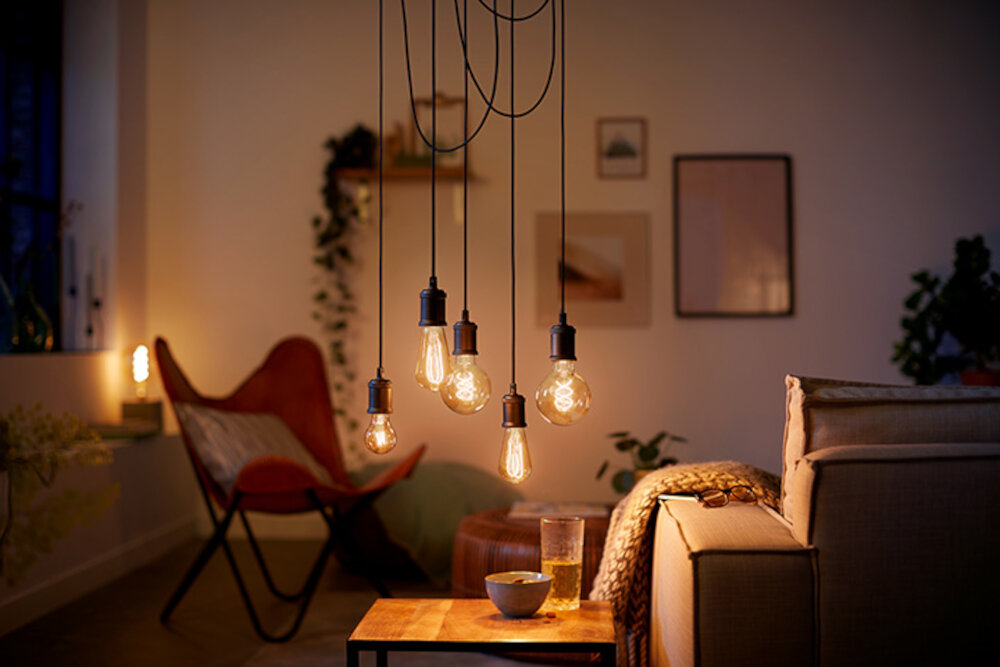
When it comes to choosing the right light bulb, lifespan is a crucial factor to consider. LED bulbs are known for their long lifespan, which is typically between 15,000 and 25,000 hours. This is much longer than the lifespan of regular incandescent bulbs, which typically only last for around 1,000 hours. LED bulbs are designed to last longer due to their energy-efficient design, which generates less heat and puts less strain on the bulb’s components. Additionally, LED bulbs do not have filaments, which can break or burn out over time like those found in incandescent bulbs. This means that LED bulbs require less maintenance and replacement, ultimately saving you time and money in the long run. On the other hand, regular light bulbs have a shorter lifespan due to their inefficient design. Incandescent bulbs use a filament that heats up and glows, producing light. This process generates a lot of heat, which can cause the filament to burn out quickly. Additionally, incandescent bulbs are less efficient than LED bulbs, which means they use more energy to produce the same amount of light. This results in a shorter lifespan and higher energy costs over time. While regular bulbs may be cheaper upfront, they will ultimately cost you more in the long run due to their shorter lifespan and higher energy usage.
One of the most significant differences between LED and regular light bulbs is their lifespan. LED bulbs are known to have a much longer lifespan than traditional bulbs. This is because LED bulbs use a completely different technology than conventional bulbs. Traditional bulbs rely on a filament that, when heated, produces light. This filament eventually burns out, resulting in the bulb needing to be replaced. LED bulbs, on the other hand, use a semiconductor to produce light, which does not burn out as quickly. LED bulbs are known to last up to 25,000 hours, while traditional bulbs typically last only 1,000 hours. This means that LED bulbs will last much longer and will need to be replaced far less frequently than traditional bulbs, making them a more cost-effective and environmentally friendly option.
The lifespan of an LED light bulb is one of its main advantages over traditional incandescent bulbs. While incandescent bulbs typically last around 1,000 hours, LED bulbs can last up to 50,000 hours. However, there are several factors that can affect the lifespan of an LED bulb. The first is the quality of the bulb itself. Cheaper LED bulbs may not last as long as higher-quality bulbs, so it’s important to choose a reputable brand. The second factor is how the bulb is used. LED bulbs that are frequently turned on and off may not last as long as those that are left on for longer periods of time. Finally, the environment in which the bulb is installed can also affect its lifespan. LED bulbs that are exposed to extreme temperatures or high humidity may not last as long as those installed in more moderate conditions.
Environmental Impact
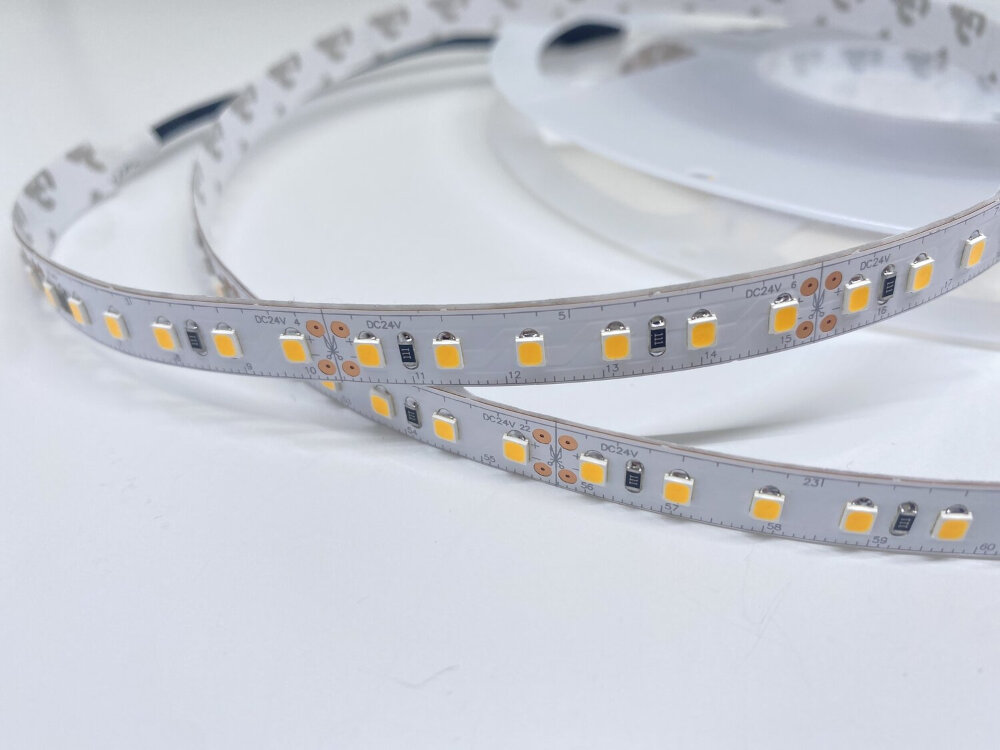
When it comes to environmental impact, LED light bulbs have a clear advantage over regular light bulbs. This is because LED bulbs are much more energy-efficient and have a longer lifespan than traditional bulbs. In fact, LED bulbs use up to 80% less energy than incandescent bulbs, which means they produce fewer greenhouse gas emissions and reduce the demand for electricity. Additionally, LED bulbs do not contain harmful materials such as mercury, which is found in many traditional bulbs and can be dangerous to both human health and the environment. When LED bulbs do eventually reach the end of their lifespan, they can also be recycled, which further reduces their environmental impact. On the other hand, regular light bulbs have a much greater environmental impact. They consume a lot more energy than LED bulbs and need to be replaced more frequently, which results in more waste in landfills. Regular bulbs also contain toxic materials, such as mercury, which pose a risk to human health and the environment if not disposed of properly. Furthermore, traditional bulbs emit a lot of heat, which contributes to global warming and can also increase the demand for air conditioning. Overall, the environmental impact of LED vs. regular light bulbs is clear – LED bulbs are the better choice for those looking to reduce their carbon footprint and protect the planet.
One of the primary concerns when it comes to choosing between LED and regular light bulbs is their environmental impact. LED bulbs have a significantly lower impact on the environment compared to their traditional counterparts. Regular bulbs contain toxic substances such as mercury, which can be harmful when disposed of improperly. On the other hand, LED bulbs are more energy-efficient and have a longer lifespan, reducing the need for frequent replacements and ultimately reducing waste. Additionally, LED bulbs do not emit heat, which means they do not contribute to the urban heat island effect. In conclusion, LED bulbs are a better choice for those who prioritize sustainability and wish to reduce their environmental impact.
When it comes to the disposal and recycling of LED and regular light bulbs, there are some key differences to consider. LED bulbs are generally more environmentally friendly as they contain fewer toxic materials than regular bulbs, making them easier to dispose of safely. However, while regular bulbs can be recycled, they require a more complex process due to their filament and glass components. It’s important to check local regulations and options for disposal and recycling of both types of bulbs to ensure they are handled properly and sustainably. Ultimately, choosing LED bulbs over regular ones can help reduce waste and contribute to a greener future.
LED (light-emitting diode) bulbs and regular light bulbs have some fundamental differences. LED bulbs use a semiconductor to create light, whereas regular bulbs use a filament. LEDs are more energy-efficient and long-lasting, using up to 90% less electricity than regular bulbs and lasting up to 25 times longer. LED bulbs also emit less heat, making them safer to handle and more environmentally friendly. Regular bulbs, on the other hand, are cheaper to purchase initially and can be used with dimmer switches. However, their energy efficiency and lifespan are significantly lower compared to LED bulbs. Overall, the key differences between LED and regular bulbs are their energy efficiency, lifespan, and cost-effectiveness.
When it comes to choosing between LED and regular light bulbs, there are several factors to consider. Firstly, LED bulbs are more energy-efficient and last longer than regular bulbs. This means that although they may be more expensive to purchase initially, they often save money in the long run. Secondly, LED bulbs are more environmentally friendly, as they contain no harmful chemicals and are fully recyclable. Additionally, LED bulbs emit less heat, making them safer to use and reducing the risk of fire. However, regular bulbs may still be preferred in certain situations, such as when a warm, yellow light is desired or when dimming capabilities are necessary. Ultimately, the choice between LED and regular bulbs depends on individual preferences and needs.
The future outlook for LED and regular light bulbs is quite clear. With the rapid advancement in technology, the LED light bulbs are becoming more efficient and cost-effective, making them the preferred choice for consumers. They are also eco-friendly, have a long lifespan, and save energy, making them the ideal choice for those looking to reduce their carbon footprint. On the other hand, regular light bulbs are becoming increasingly obsolete due to their high energy consumption, short lifespan, and negative impact on the environment. As a result, the market for LED light bulbs is predicted to grow exponentially in the coming years, while regular light bulbs will continue to decrease in popularity and eventually become phased out.
Conclusion
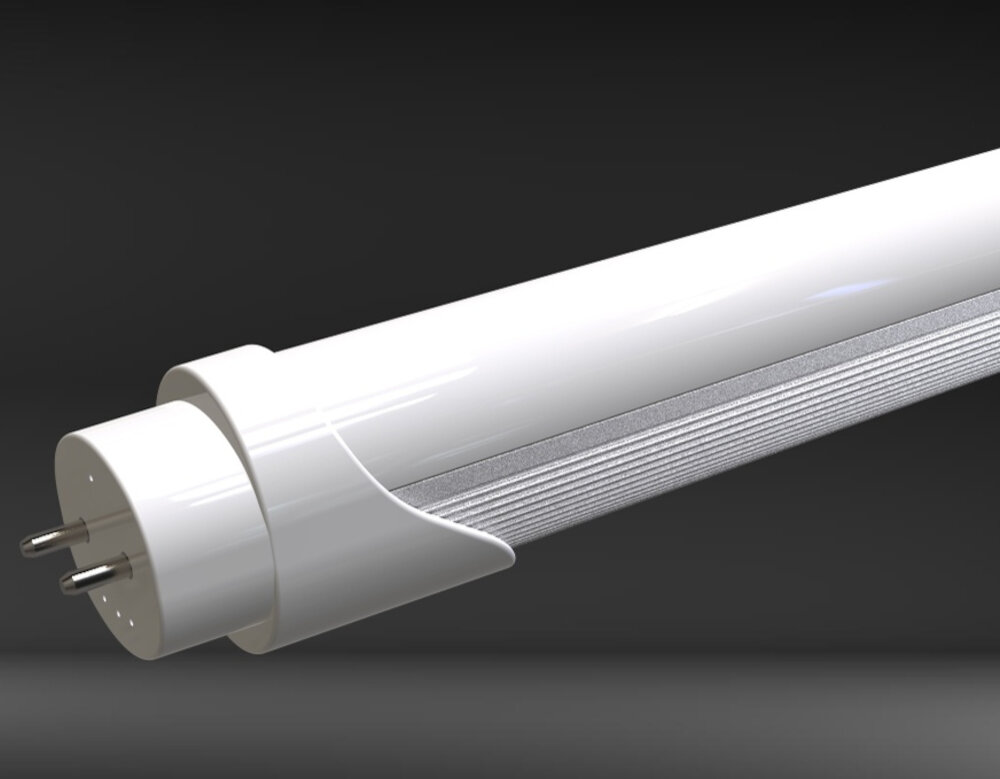
In conclusion, the debate between LED vs. regular light bulbs comes down to a few key factors. LED bulbs are more energy-efficient, longer-lasting, and environmentally friendly, while regular bulbs are cheaper upfront but cost more in the long run due to their shorter lifespan and higher energy consumption. Additionally, LED bulbs offer a wider range of colors and are less likely to break or overheat. It is clear that LED bulbs are the superior choice in terms of both convenience and sustainability. As we continue to prioritize energy efficiency and reduce our carbon footprint, LED bulbs will undoubtedly play an essential role in creating a brighter and more sustainable future.


